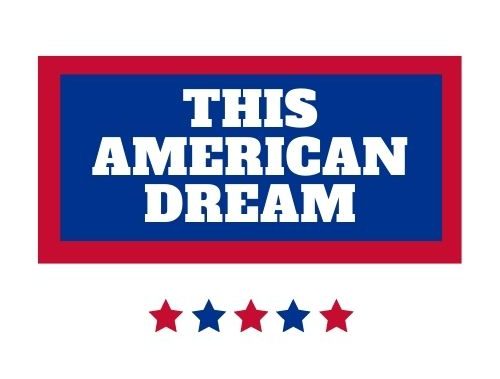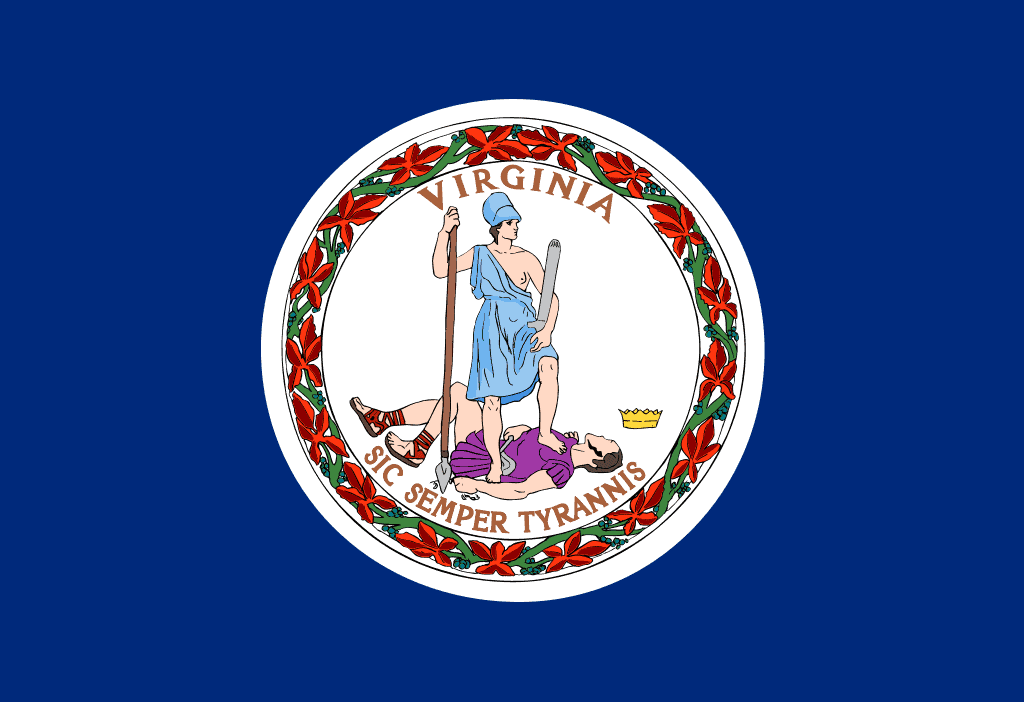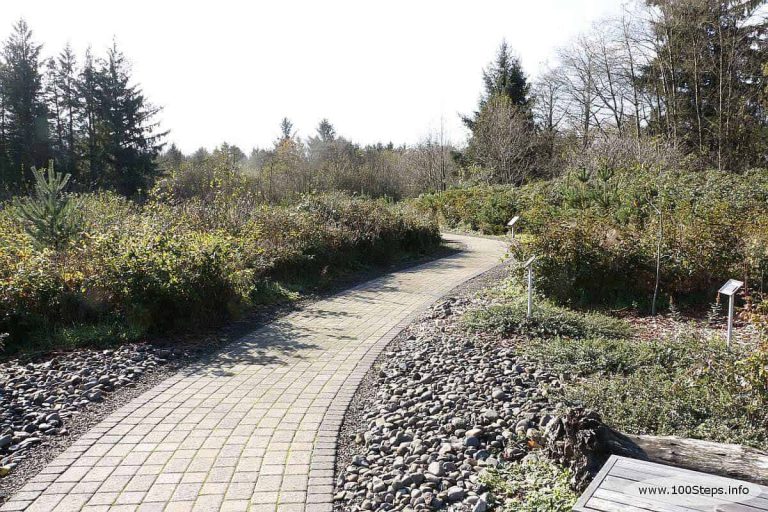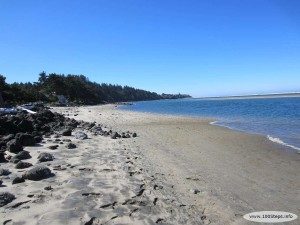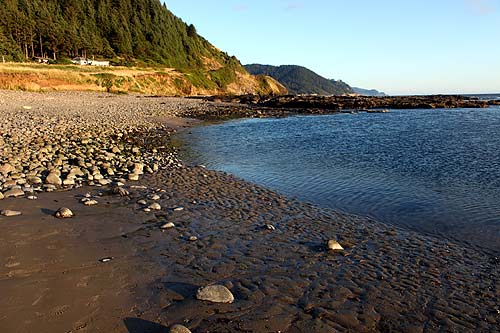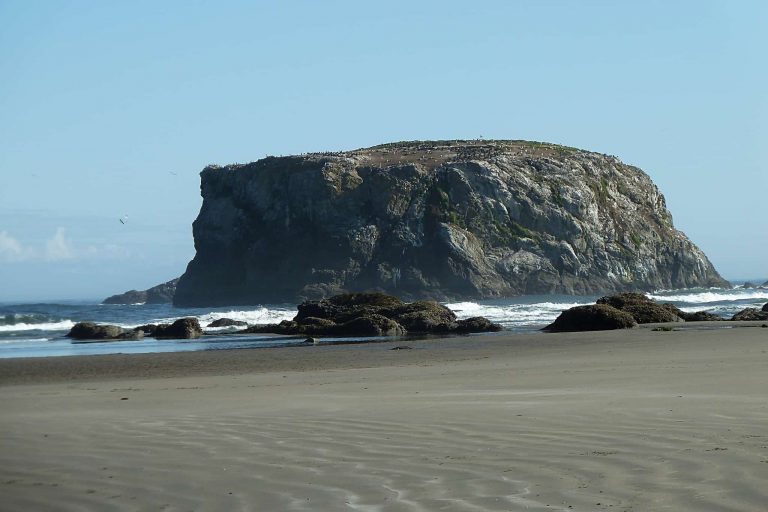Virginia Is the Best State: Top 10 Reasons
Historically, geographically, culturally – whatever adverbial “-ly” you use to describe America, you’ll find Virginia at the center of it, naturally. Just ask Richard Henry Lee and The Lees of Old Virginia!
In 1776 (aka the Broadway musical about the American Revolution without Lin Manuel Miranda), Richard Henry Lee proudly declares that “God leans a little on the side” of Virginia – and that’s something Virginians can agree on.
Let’s take a look at 10 facts about Virginia that might give a clue as to why that is.
1. Colonial Beginnings
Virginia has been at the heart of the American story since the beginning.
The first permanent colonial settlement (sorry, Roanoke) was founded at Jamestown in 1607. The history of the settlement is hugely complex and fraught with common misconceptions (Pocahontas and John Smith did not have a romantic relationship, far from it), which is why it’s so encouraging that Jamestown today is an archaeological and historical hub. Dedicated researchers, staff, and tour guides keep this vital part of Virginia and America’s history alive in all the complexity it and we deserve.
Colonial Williamsburg is another popular tourism and research site connected with America’s colonial past. Here you’ll be able to step back into Colonial America and experience everything from authentic craftsmanship and practical displays to fashion and artifacts from the period. The area is also home to historic sites visited by figures such as George Washington and Thomas Jefferson.
2. Revolutionary Roots
Speaking of Washington and Jefferson, of course, that colonial life eventually gave way to a revolution. Virginia was home to some of the American Revolution’s most important figures. Washington, Jefferson, and James Madison, meaning Virginia contributed the “Father of the Country,” writer of the Declaration of Independence, and one of the chief architects of the Constitution. That’s to say nothing of all three being President, too. With the three routinely placing highly in ranking after ranking of US Presidents, and Washington and Jefferson on Mt. Rushmore, you start to see why Virginians are proud of their revolutionary roots.
Virginia is also home to many of the most important champions in a related social revolution – Emancipation and Civil Rights. Nat Turner’s Slave Rebellion of 1831 struck a pre-Civil War blow for emancipation. Figures such as Barbara Johns and Oliver White Hill led protests and fought legal battles that would eventually lead to the landmark 1954 case Brown v. Board of Education, which ended segregation in American schools. Black Virginians and Allies remained active in the state throughout the Civil Rights Movement.
Flawed though America’s beginnings were, and much as we’ve struggled to live up to the idea that “All Men Are Created Equal,” much of our best revolutionary rhetoric has been birthed, written, and fought for by Virginians.
3. Jefferson, Monticello, and the Complexity of Freedom
Few people had a more profound, yet complicated, impact on American history and the Enlightenment than Jefferson. Domestically, Jefferson was responsible for the single-biggest land deal in American history and one of the biggest of all-time, buying nearly a third of the present-day Continental United States from Napoleon in the Louisiana Purchase. Internationally, Jefferson remained a major figure in the Enlightenment, serving as Minister to France, being a friend of Revolutionary hero and French military icon Lafayette, and residing in Paris during the Storming of the Bastille.
Small wonder there’s a statue of him in both the University of Virginia and Paris.
However, those statues and Jefferson’s legacy have been marred by his ownership of slaves – a fact the curators of his historic and iconic home at Monticello itself will tell you right on their homepage. It is just one of many reasons why Monticello remains a place of huge historical, cultural, and aesthetic significance. On the one hand, Monticello was Jefferson’s dream estate, and it remains one of the most gloriously glamorous examples of Enlightenment era architecture in America, and tours remain one of the hottest tickets for tourists and historians alike. On the other hand, Monticello doesn’t sugarcoat history, and actively seeks to educate people on the best and worst ideals of Jefferson and his time and how they continue to shape American society.
Monticello isn’t alone in this regard. The curators of Washington’s famous Mount Vernon, his home for 45 years, also walks the line between celebrating his life and admitting to and educating the public on slavery at the estate.
Jefferson himself called slavery “a hideous blot” on the fabric of freedom in America and beyond.
That these curators have the courage to call attention to that blot is a testament to the moral strength it takes to defend freedom and treat history complexly.
That courage is one of the best things about Virginia, and it’s something of which Virginians can and should be proud.
4. The Maggie L. Walker National Historic Site
As you may have noticed, Virginia is rich with historical people and sites, and this is one of the most underrated. Maggie L. Walker was the first black woman to become president of a bank in America, and was a leading member of the NAACP. Today, her home is a National Historic Site and one of the must-see sights in the historic Jackson Ward area of Richmond.
5. Arlington National Cemetery
If there is one thing this list and Virginian life and history has demonstrated so far, it’s that freedom isn’t free. More than 400,000 men and women who paid the ultimate price for our freedom lay buried at Arlington National Cemetery, the nation’s most famous and prestigious military cemetery. Veterans from every war from the Revolution to the current conflicts in Afghanistan and Iraq lay buried here.
Special sites include the Tomb of the Unknown Soldier and the grave of John F. Kennedy, marked by an Eternal Flame.
If you are a family member of a veteran who is buried at Arlington, the site’s Find a Grave feature can help you find your loved one so you can pay your respects.
6. Shenandoah National Park
Let’s break away from the past and talk about something truly timeless – Virginia’s boundless natural beauty. Shenandoah is one of the most famous of the national parks, offering an unbelievable view of natural wonders such as the Blue Ridge Mountains. The highest peak among these mountains, belonging to Hawksbill Mountain, measures 4,051 ft tall.
If you’re someone who likes to go on drives and experience America for yourself, you’ll love the Skyline Drive area. It’s just what it sounds like, an area where you can drive by and experience so much of the skyline of the Blue Ridge Mountains and Shenandoah as a whole from the comfort of your car.
In addition, Shenandoah National Park offers a fantastic range of camping opportunities for those looking to experience America’s “Purple Mountain Majesties” for themselves.
7. Views of the Potomac
Adding to the embarrassment of riches Virginia has when it comes to natural beauty are the incredible views you can enjoy of the Potomac River. One of the most famous and majestic rivers in America, it was also one of the most influential in terms of carving out its political geography. Both Jefferson’s Monticello and Washington’s Mount Vernon enjoy views of the Potomac. Jefferson and Madison loved the area so much they wanted it for the national capital, which is one reason why Washington, D.C. sits between Virginia and Maryland, overlooking the river.
8. Natural Bridge of Virginia
Virginia is a bridge to so many of the greatest figures and moments in American history, and so it’s only fitting that it’s almost home to one of the most exhilarating natural bridges in the country. The Natural Bridge of Virginia is a breathtaking stone formation that sits above a vast expanse of natural beauty. The Natural Bridge is 200 ft in the air, spans 90 ft, and offers fantastic views of the surrounding countryside along the Cedar Creek Trail.
9. Maymont Park
By some accounts, this is the most visited attraction in Virginia, and it isn’t hard to see why. This park offers stunning views of a hundred acres’ worth of Japanese and Italian Gardens, additional foliage, and lakeside beauty. The park is also home to historic Maymont House. Formerly an estate, it is now a museum, yet one more testament to the convergence of beauty and history that dominates so much of the Virginian landscape.
10. The Coast and Cape Henry Lighthouse
The Virginian coastline is one of the most beautiful areas on the East Coast. It’s also yet another center of historical importance, as ships traveling to and from the Chesapeake Bay between Maryland and Virginia would pass through much of this coastal area. Along one of the most frequently traveled stretches of coastline sits the Cape Henry Lighthouse. Erected in 1792, it’s one of the oldest lighthouses in the country, and was the first one to be fully funded by the federal government.
So much of America’s past and present, political importance and natural beauty are bound up in Virginia. Whatever “Life, Liberty, and the Pursuit of Happiness” means to you, there are few places that have consistently embodied and reinterpreted that idea than Virginia.
What is the capital of Virginia?
Richmond
